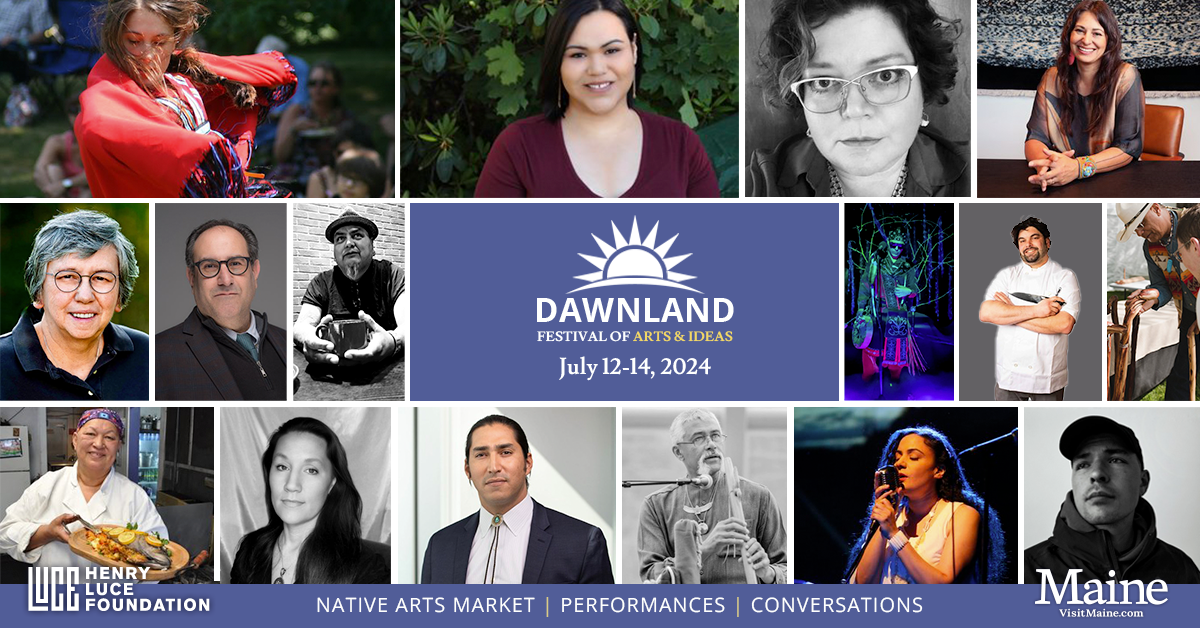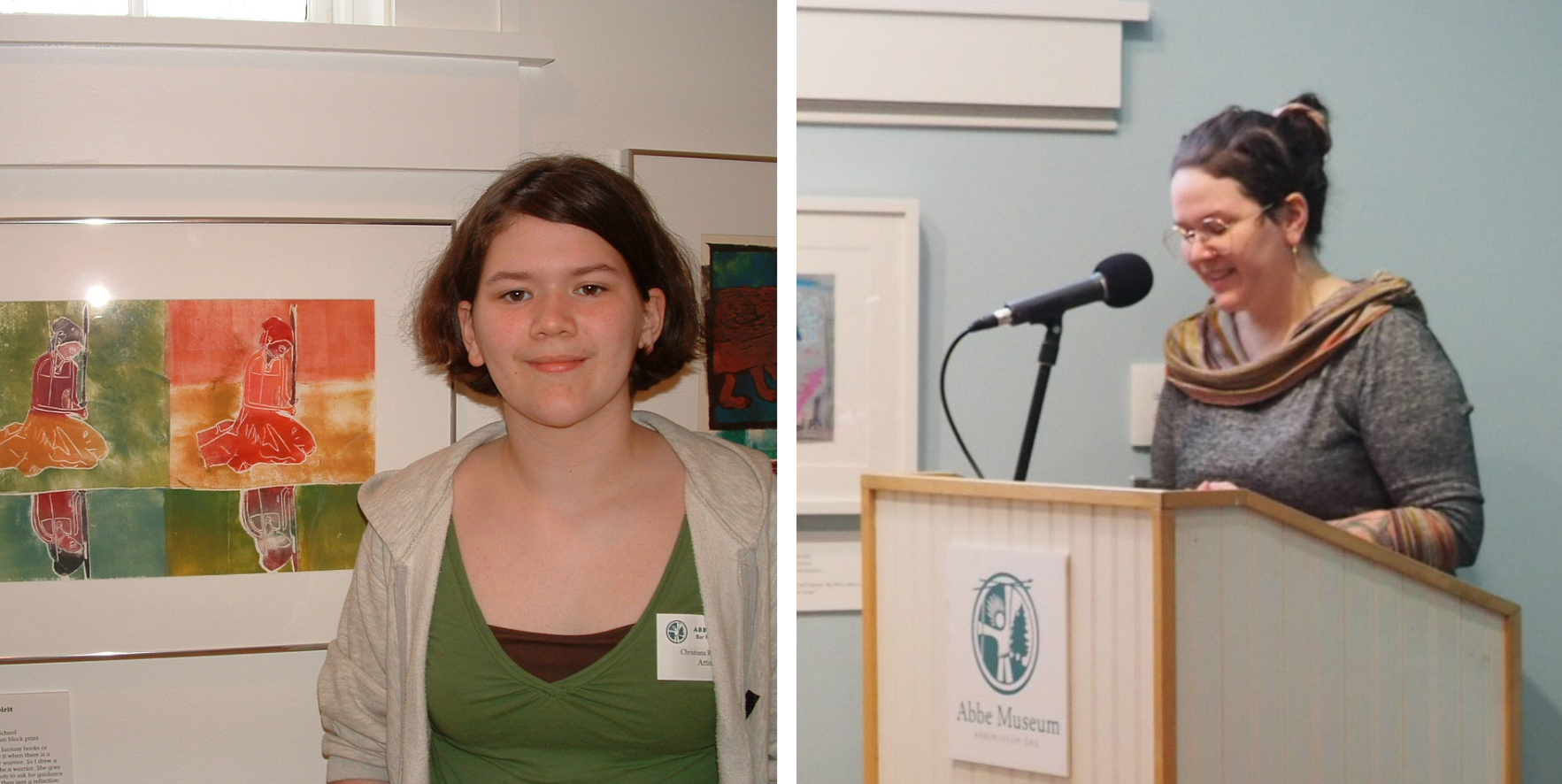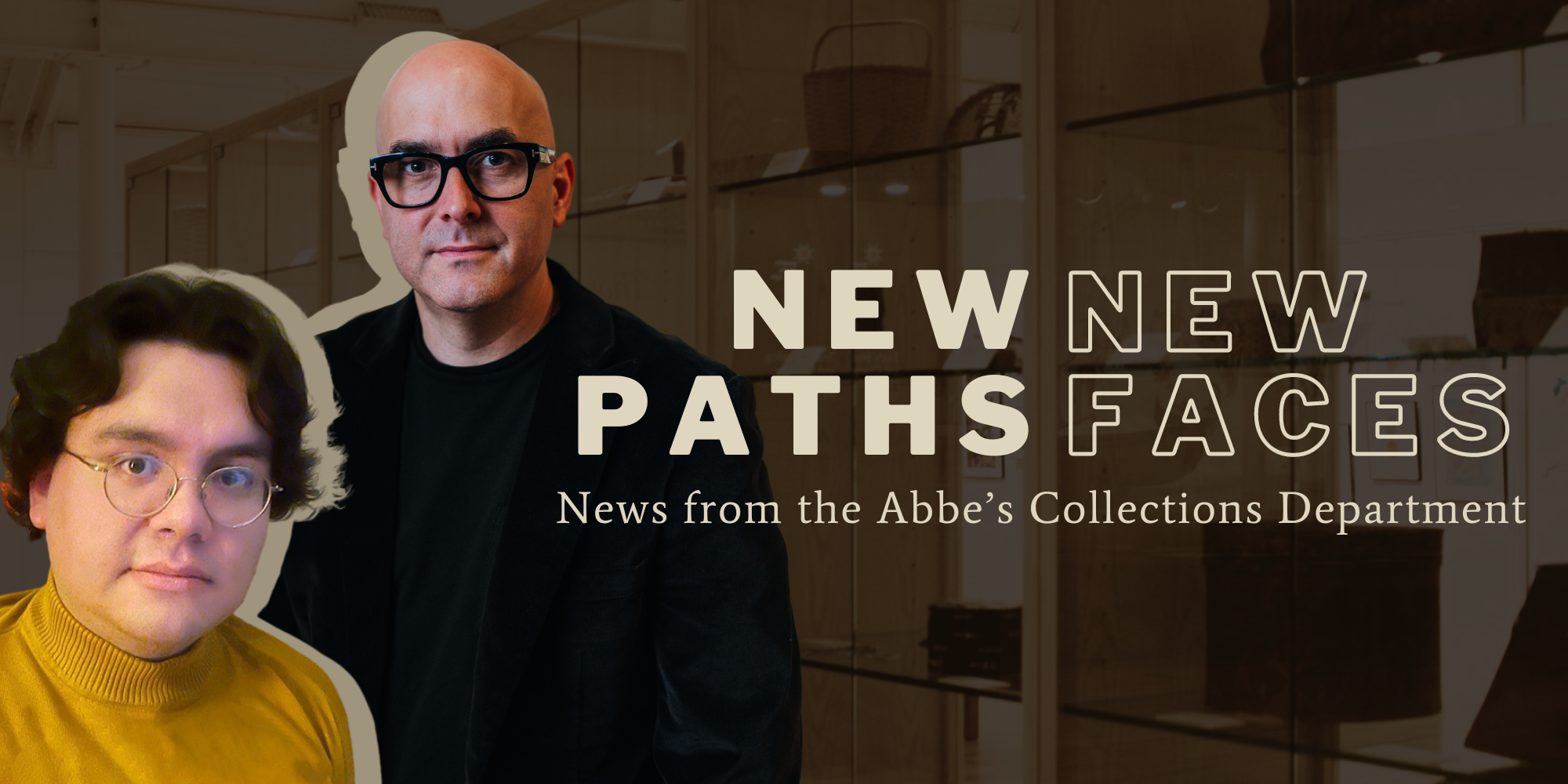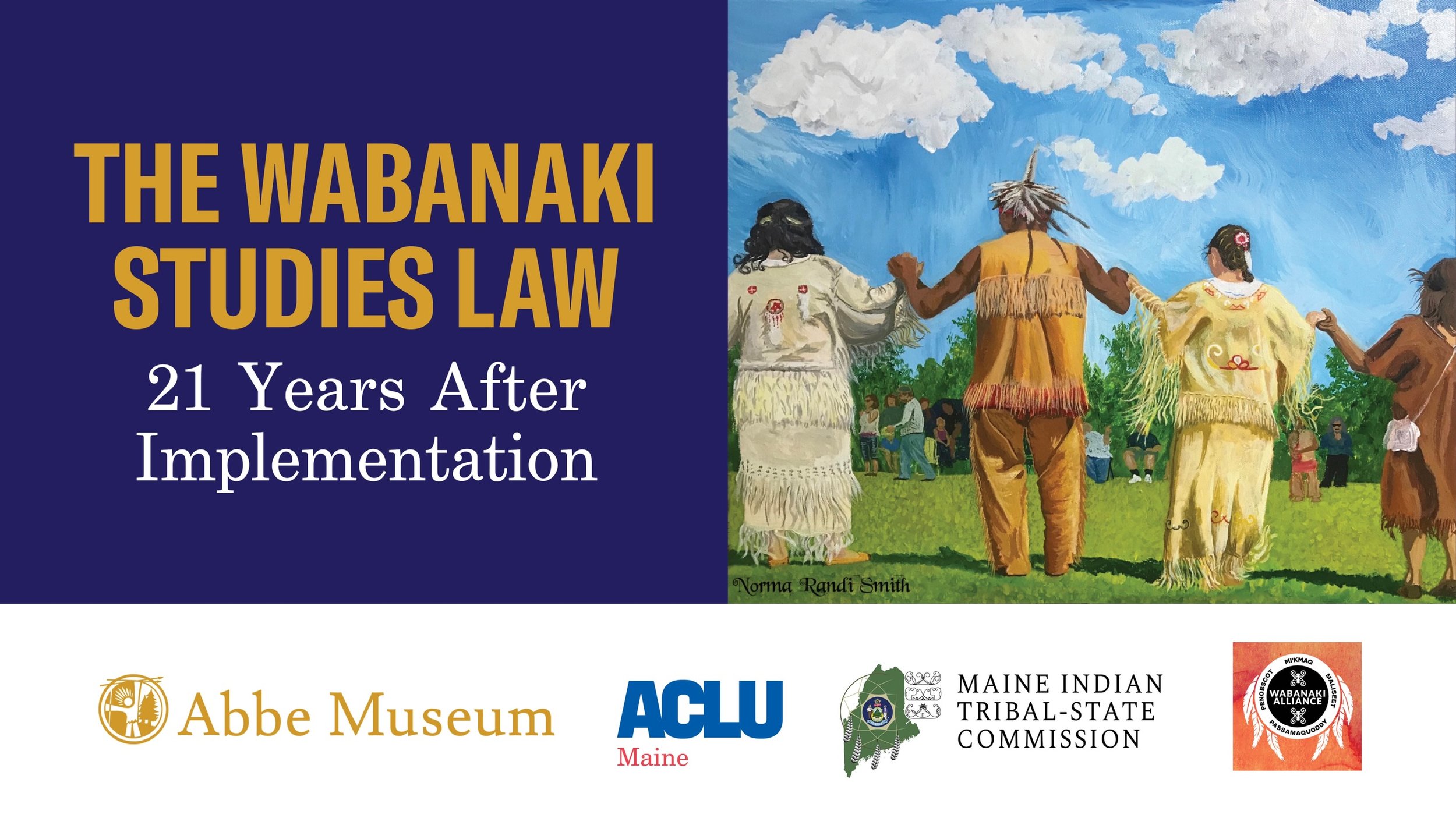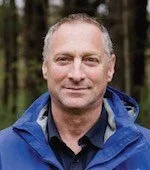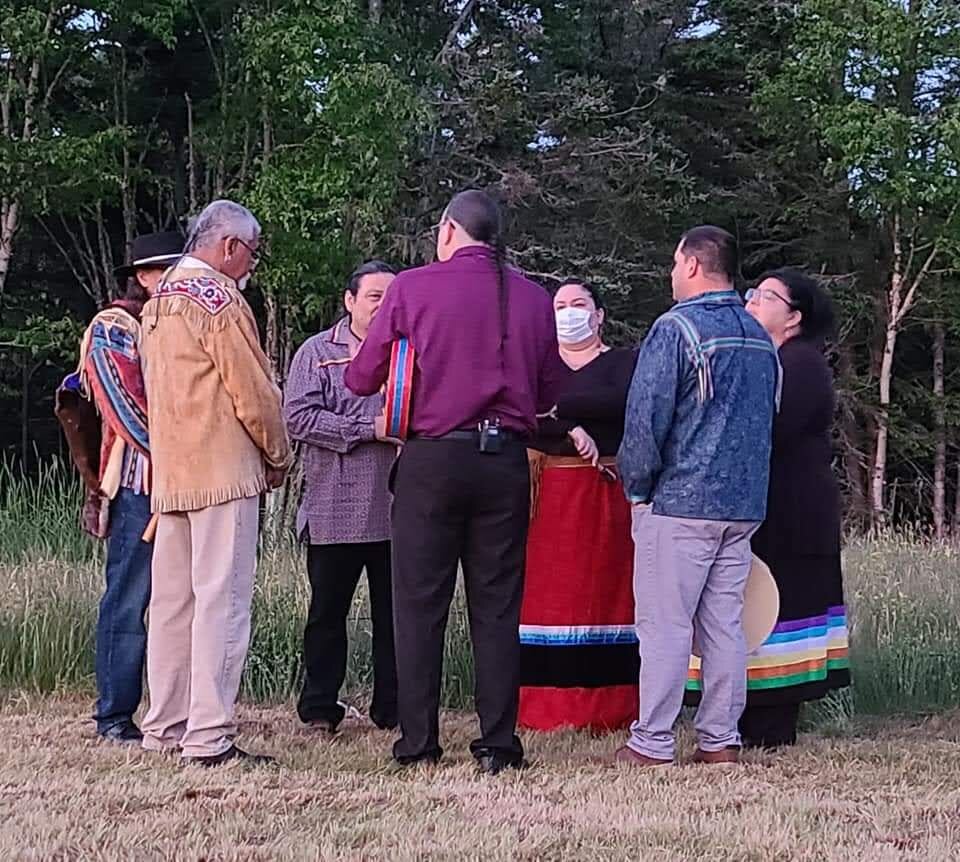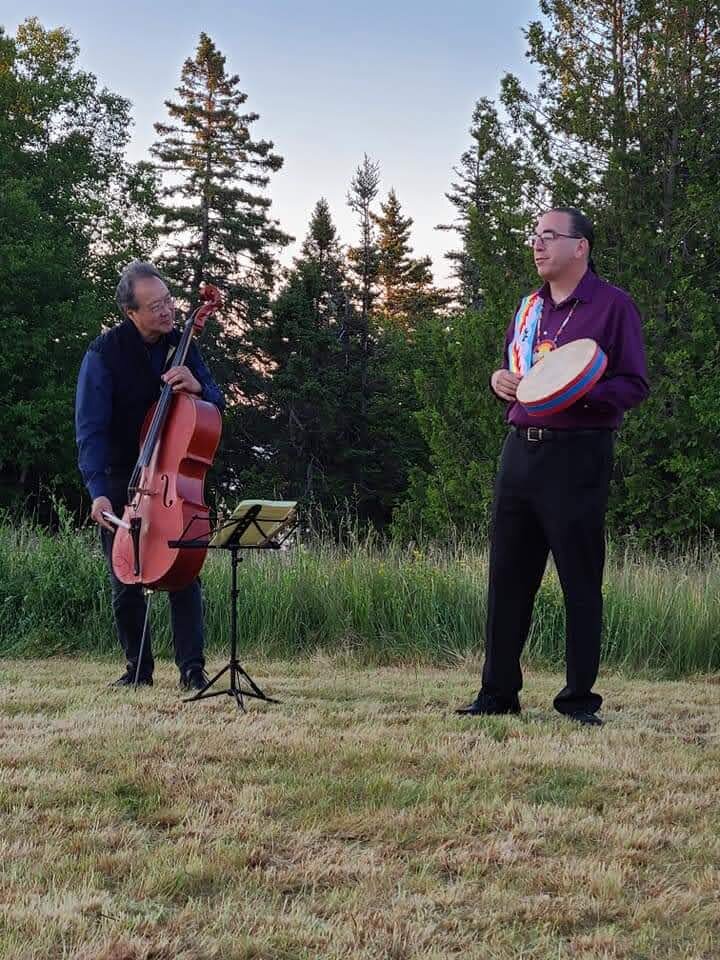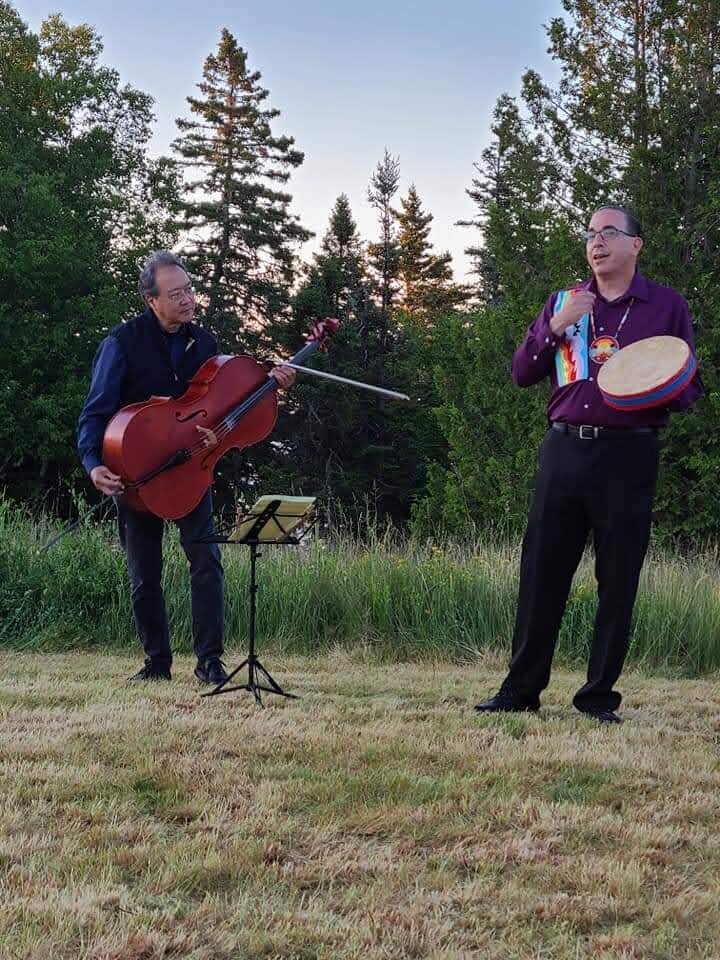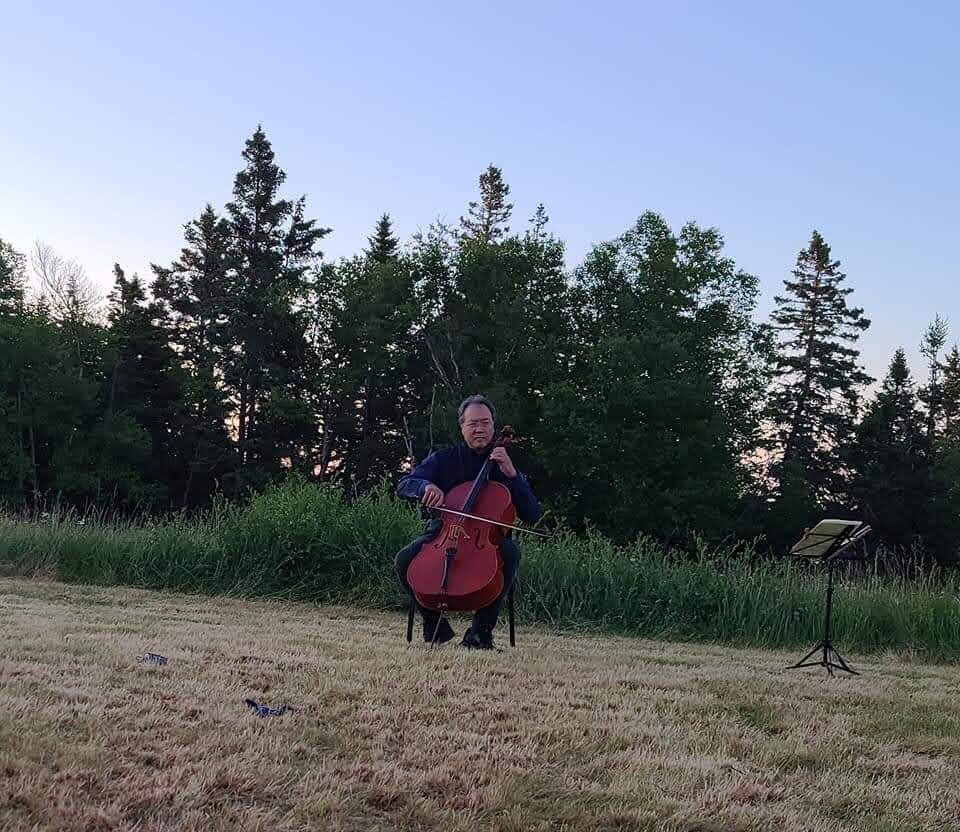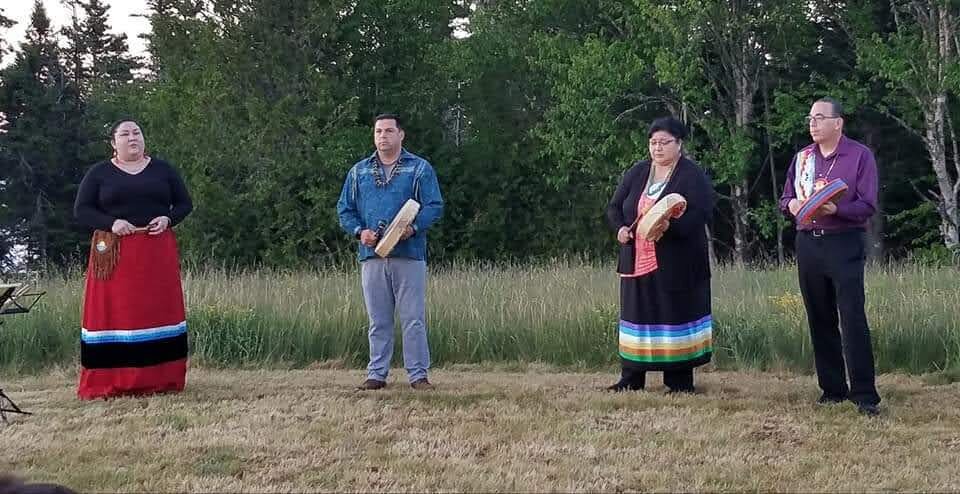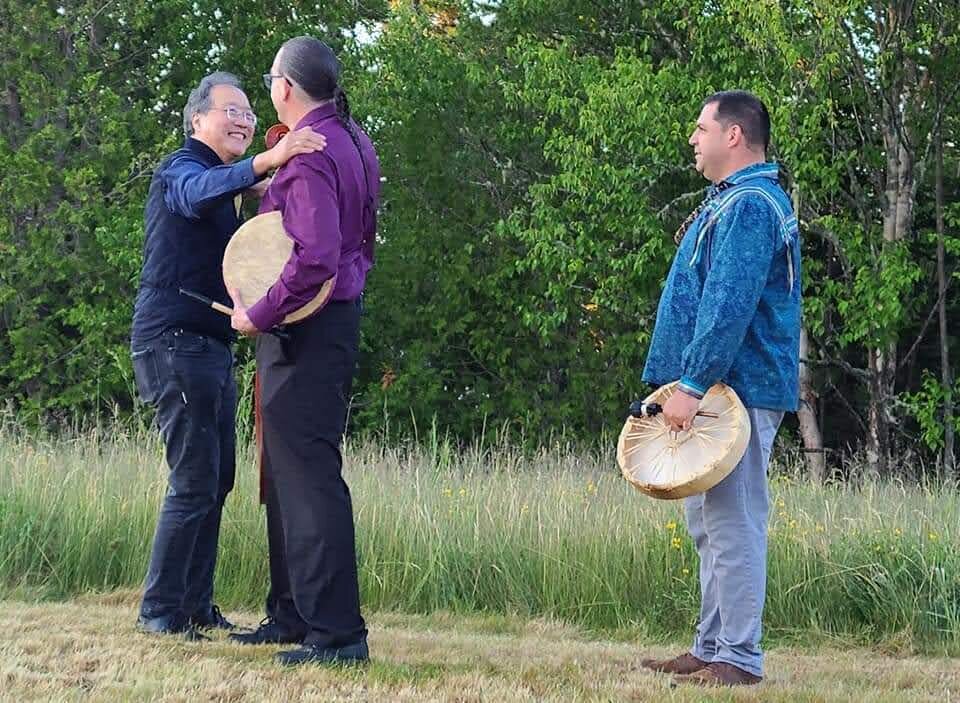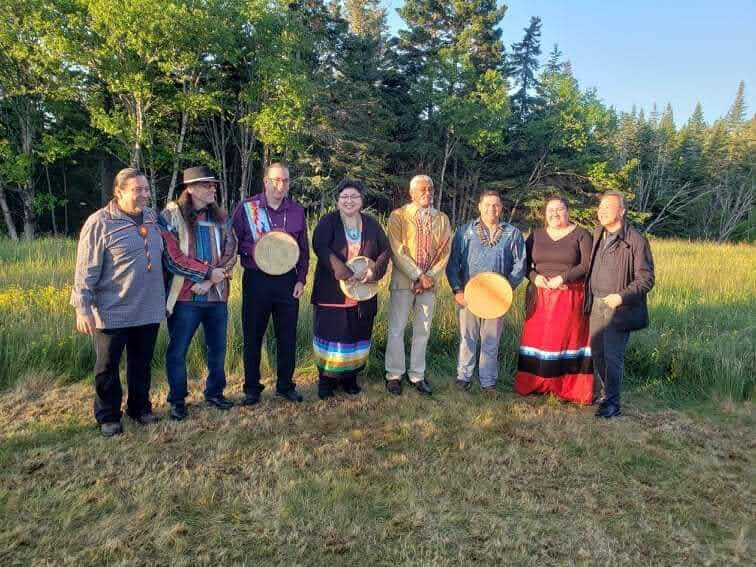A new study finds that despite a 21-year-old law requiring all Maine K-12 schools to teach students about the Wabanaki Tribes school districts across the state, school districts have failed to include Wabanaki Studies consistently and appropriately in their curriculum and that the law is not being meaningfully enforced.
The report, prepared by the Abbe Museum, ACLU of Maine, Maine Indian Tribal-State Commission and the Wabanaki Alliance, was released today.
“Accurate and inclusive education is a necessary part of overcoming centuries of efforts to eradicate the Wabanaki people, stereotyping about Indigenous people and the erasure of contemporary Wabanaki people and their tribal communities,” said Betsy Richards, Executive Director of the Abbe Museum and Senior Partner with Wabanaki Nations. “We urge state and local educators to dedicate themselves to implementing the Wabanaki Studies Law fully and as it was intended.”
The report reviews the goals of the original legislation, as well as efforts by state and local educators to implement the law over the past 21 years. Central conclusions of the report include local school districts have inadequately implemented the Wabanaki Studies law, when they have implemented it at all, and the Department of Education has not provided sufficient support and enforcement to realize the intent of the legislation.
“The relationship between the Wabanaki Nations and the state of Maine is frayed, and one way to repair that relationship is for the state to invest in proper implementation of the Wabanaki Studies Law. That means engaging Wabanaki people to help oversee and enforce implementation. Guided by citizens of Wabanaki Nations, Maine can fulfill the promise of this law and be a leader in decolonizing our education system,” said Maulian Dana, Penobscot Nation Ambassador and President of the Wabanaki Alliance.
“Teaching Wabanaki Studies is not optional. It is required by law. State and local entities, including the Legislature, the Department of Education, and individual school districts have a duty to implement the law,” said Michael Kebede, policy counsel at the ACLU of Maine. “Additionally, citizens of the Wabanaki Nations must be included and compensated for the real work enforcement and implementation will require.”
The report found:
The Wabanaki Studies Law is not meaningfully enforced across the state. While the Maine Department of Education has made some progress toward this goal, and many of its staff care deeply about the Wababaki Studies Law, the Department has failed to use available tools to enforce the law or enough specificity in the Maine Learning Results Standards to guide schools properly.
Despite some successes, as a whole, school districts have failed to include Wabanaki Studies consistently and appropriately in their curriculum. The authors sent public records requests to 10 school districts across Maine and most schools failed to cover all areas required by statute—including Wabanaki history, economic systems, political systems, and culture.
Teacher training and professional development are insufficient to equip educators to teach Wabanaki Studies. While Wabanaki educators and other experts have offered many high-quality trainings, the lack of any mandatory pre-certification or continuing education requirements means that too many teachers lack the knowledge and skills necessary to teach Wabanaki Studies.
“As the body that has advocated for better implementation of the Wabanaki Studies Law from the beginning, we are intimately aware of the progress and pitfalls over the past 21 years,” said Rachel Bell, Projects Coordinator of the Maine Indian Tribal-State Commission. “The Wabanaki Studies Law was visionary when it was passed, and we are committed to working with State partners to ensure that the promises of the law become a reality.”





